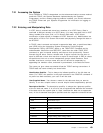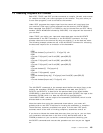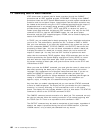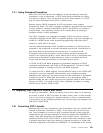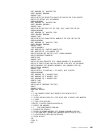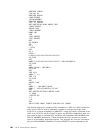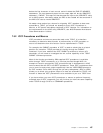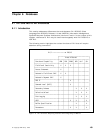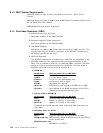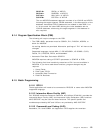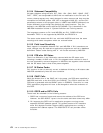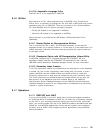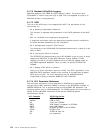delete the first character of each record, and will delete the END OF MEMBER
statements. The last statement placed on the output tape will be the IEBUPDTE
statement ./ ENDUP. This tape will then become the input to the IEBUPDTE utility
on an MVS system. Information about the PDS to be created will be contained in
the MVS JCL used to invoke IEBUPDTE.
No matter what method you choose for migrating ICCF members to data sets
accessible to TSO/E, you should not attempt to move ICCF Procedures or
Macros, or IPF panels and tables contained in ICCF libraries. For information on
the requirements for the MVS utility IEBUPDTE, see
MVS/Extended Architecture
Data Administration: Utilities
.
7.5.2 ICCF Procedures and Macros
ICCF procedures and macros cannot be used under TSO/E. It is therefore
necessary to determine what function is performed by an ICCF procedure or
macro and determine how this function can be implemented in TSO/E.
For example, the SUBMIT procedure of ICCF is used to submit jobs to a batch
partition for execution. TSO/E provides this facility through the SUBMIT
command. If you have modified the ICCF SUBMIT procedure to enforce JCL
standards, you will need to investigate the exit routine capability of the TSO/E
SUBMIT command processor.
Most of the function provided by IBM supplied ICCF procedures is available
either through TSO/E commands, or in services provided though MVS. An
example of function provided by ICCF procedures that is implemented in MVS
services would be the GETL and GETP procedures. These ICCF procedures allow
you to move list and punch output respectively from the VSE/POWER queues to
an ICCF member. Since MVS, through the job entry subsystems (JES2 or JES3),
allows you to direct your program output to a data set accessible to TSO/E, the
function of these two ICCF procedures is also available to you as a TSO/E user.
If you have written your own ICCF procedures or macros to perform frequently
executed sets of ICCF commands, you will find that you have the same capability
under TSO/E through CLISTs or COMMAND procedures.
Chapter 7. ICCF and TSO 167



